With over 1.7 million drone registrations and over 200,000 FAA-certified remote pilots, the U.S. drone industry is the fastest-growing segment of transportation.
Update on 3/11/21 — the FAA has delayed their date from March 16th to April 6th. Here’s the FAA’s official announcement over here.
This week, the Federal Aviation Administration (FAA) issued the single biggest set of regulatory changes for the U.S. drone industry since both consumer and commercial use of drones started to pick up back in 2014.

Here’s the TL;DR (“too long; didn’t read”) version of the rules:
- Starting in 2023, all drones that weigh over 0.55 pounds (250 grams) must broadcast the operator’s location and a unique identification number, like a kind of digital license plate. This is called “Remote ID.” Individual pilots don’t have anything to worry about right now — we’ll learn more from drone manufacturers over the coming months as to how they plan to adapt their systems for these changes. There’s a long lead time here, and we can all keep flying our drones under the existing rules until Remote ID officially takes effect in 2023.
- Starting in 2023, to fly your drone directly over people or moving vehicles, you will no longer need to apply for the Part 107.39 Operation Over People waiver. The FAA has created four new categories for drones. Each category represents a different level of operational risk based on the level of transferrable kinetic energy. Larger drones (category 2, 3 & 4) flown over a crowd of people or highway (think about drone delivery, filmmaking, public safety/emergency response, newscasting, active construction site mapping, etc.) represent a higher level of risk and would require documentation and potentially additional safety measures, such as a drone parachute system. Drone manufactures and individuals will have to show a means of compliance with the safety aspect of the rule and receive approval from the FAA before being allowed to operate over people.
- Starting April 21st, 2021, to fly your drone at night, you no longer need to apply for the Part 107.29 Daylight Operations waiver. You’ll still need to have anti-collision lights on your drone and will need to be tested to understand how flying your drone at night presents unique challenges. Night operations questions will make their way into both the initial Part 107 drone certification exam and the new recurrent online training.
- Starting April 6th, 2021, the initial Part 107 drone certification exam will include questions on the subject of night operations. That exam is still taken in-person at a PSI test center.
- Starting April 6th, 2021, drone pilots who are already certified no longer need to take an in-person recurrent exam at a PSI test center. You still have to demonstrate currency every 24 months, but it will now be through a free online training course from the FAA. This training will be released on April 6th.
There are some other rules and a lot of nuances to what’s laid out above, but those are the big changes to understand.
Links to the Rulings
To see the official rulings and executive summaries, please see below:
Remote ID
- Executive Summary (3 pages)
- Full Ruling (470 pages)
Flying Over People and Moving Vehicles + Test Changes
- Executive Summary (4 pages)
- Full Ruling (292 pages)

